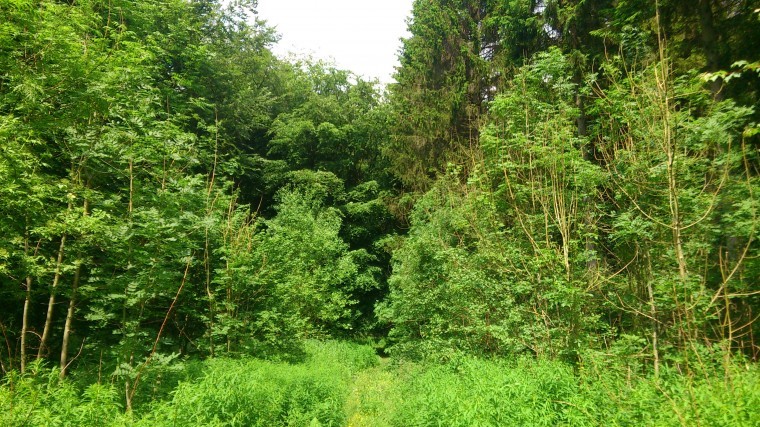The research, funded by BBSRC, has thrown light on the fungal infection process, by which the fungal pathogen first infects the host via ascospores, the sexual reproduction spores of the pathogen. The work, carried out at the horticultural research organisation NIAB EMR, in Kent, and Imperial College London, enables scientists to mimic the natural infection pathway of the fungus. The next step is to develop rapid screening methods to identify ash trees, with resistance to the pathogen, which could be used to repopulate lost woodland.
“We now have a far greater understanding of the interactions between the fungus and the host tree during the infection phase,” commented Dr Robert Saville, plant pathologist at NIAB EMR. He continued, “Our work, published in the journal Plant Pathology, has identified a biotrophic phase (in which the fungus attacks and keeps the host cell alive whilst preventing the host’s normal ‘cell death’ defence response) in the early stages of the infection pathway, providing hope that major genes for resistance can be discovered.”
NIAB EMR hosts a nationally important collection of ash, a legacy of DEFRA-funded work for the genetic improvement of broad-leaved forest species, which will provide a diverse pool of germplasm from which resistance genes may be discovered using the newly developed technique.
Although there will be many mechanisms by which plants will resist a disease like ash dieback, an in-depth understanding of the infection phase is seen as critical in identifying naturally-occurring resistance.




